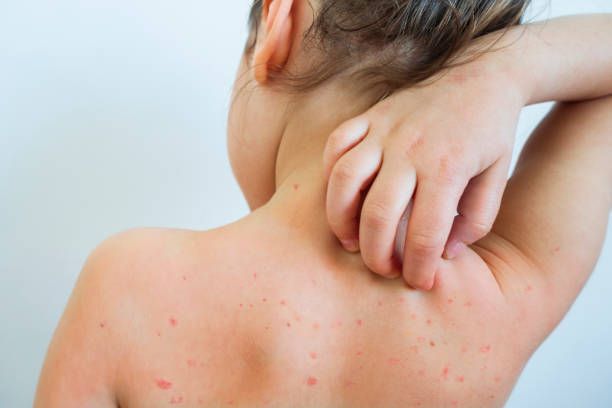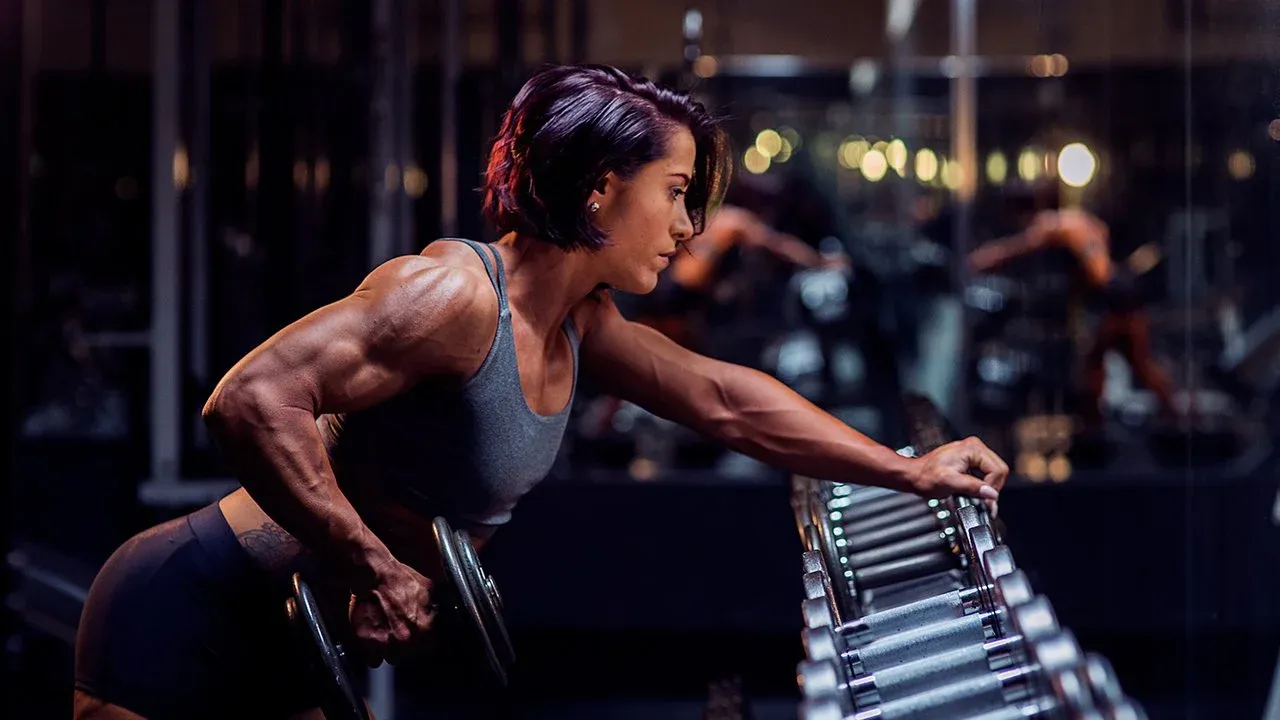
Unmasking Blood Oxygen Levels: The Green Signal to Your Health
- Jun 17, 2024
Sofa scientists and self-proclaimed health addicts rejoice. We're breaking the complex code of blood oxygen levels, aka SpO2, just for you. Essentially, SpO2 gives you a sneak peek into how many of your rambunctious red blood cells are generously distributing oxygen. Like good friends at a potluck dinner, they should ideally be sharing 100% of their stuff, but some can occasionally drop the ball.
A normal SpO2 range hovers between 92% and 100%. Readings can swing like an unabashed pendulum based on your activity levels, overall health, and some other geeky factors. Both your heart and lungs are the maestros orchestrating this oxygen symphony.
However, if your oxygen level takes a nosedive into the low 90% or below, it's time to rein in your inner daredevil and take it seriously. A drastic dip is about as welcome as a cockroach in a kitchen - something you need to address pronto.
In case you're wheezing or struggling to get through even a tweet, don't wait around for an SpO2 reading. That's your body's SOS call. If you're bravely sporting a smartwatch and it shows an oxygen level falling under 90%, don't hesitate to seek help, especially if you're feeling lousy.
Pause. You might be wondering - what about chronic conditions like COPD or sleep apnea? For these folks, a lower oxygen level is just part of the job profile. In such cases, the sweet spot lies somewhere between 88% and 92%.
While the trusty pulse oximeters have been traditionally taking the oxygen-detecting spotlight, wearable gadgets like smartwatches are right on their heels. But be warned. Not all digital heroes wear the cape of accuracy equally. Multiple factors can mess with these readings, and comparing them with a traditional pulse oximeter can help keep things real.
Worry creeps onto the scene when SpO2 drops below 92%. Causes range from mischievous respiratory disorders to sneaky cardiac issues. If your oxygen levels dip below 88%, you might be looking at supplemental oxygen - sort of like being a superhero with an oxygen sidekick.
Slumber slows your breathing, causing your oxygen levels to do a mini limbo dance. If sleep apnea is the party spoiler, you might need some good ol' CPAP therapy to avoid oxygen crashes.
Remember, having too much oxygen can be as troublesome as having too little, especially for those with conditions like COPD. Always follow your healthcare provider's advice regarding oxygen targets and delivery.
The bottom line? Blood oxygen levels are a shuffle between activity, snoozie times, and your health's ups and downs. If you're into self-monitoring, don't be shy of pulse oximeters or smartwatches. Just remember to consult your healthcare provider whenever in doubt, or when your readings consistently drop below 92%. Because, in the quest for health, a word of caution can be your best ally.






